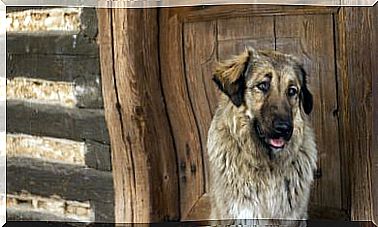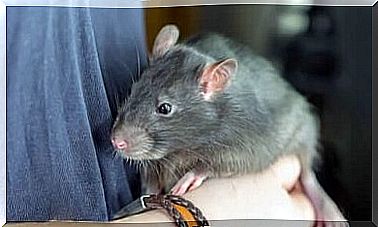Animal Migration, Reproduction And Seasoning
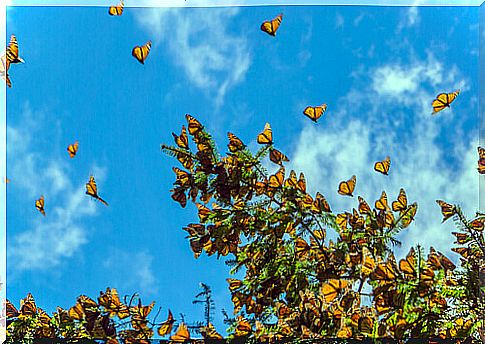
As the seasons change, we can see birds flying across the sky, or marine species that travel many kilometers in search of warm waters where they can breed. Animal migration is a truly wonderful event. In today’s article we want to tell you a little more about this.
What is animal migration?
Animal migration is basically moving from one habitat to another. This event is played by different species of animals: terrestrial, marine and aerial. In case the movement is massive, it is called an invasion or emigration.
Every migration involves moving, perhaps even for several days or weeks. Small animals, such as amphibians, take advantage of the water currents. In the case of birds, they take advantage of trade winds or rising air.
This process can be aimed at fulfilling several objectives, such as, for example, moving away from extreme temperatures (cold or heat), ensuring a better place for reproduction, escaping from predators or looking for food.
It is still a great mystery to humans how migrating animals guide themselves. Some use the sun as a compass, others the stars, and theories suggest that animal migrations are based on the Earth’s magnetic field. There are even those who can follow olfactory traces.
Animal migration: more curious cases
Different species from the animal kingdom, such as birds, invertebrates, mammals, amphibians, fish and reptiles, migrate at some point in their lives. However, the most interesting animal migrations are:
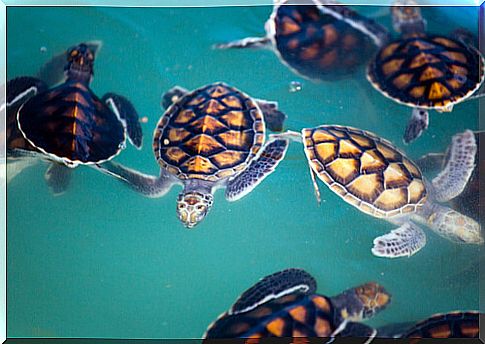
-
Sea turtles
These are known as the migration queens. There are two species that cross extensively during their long lives. One of them is Caretta, which is born off the coast of Japan and swims across the Pacific Ocean to feed. Then, later, they return to their homeland to mate and spawn. The journey they make is almost 13,000 km in a single year.
The second is the leatherback turtle. These are born in the Caribbean and then travel along the coasts of North America to feed on jellyfish. If they don’t, they cross the Atlantic Ocean to Africa on a journey of more than 16,000 km.
-
bald eagles
They are the only seabirds in North America, and each winter they gather in groups on the branches of spruce and poplar trees in a region located in the middle of Vancouver, Canada. They eat the salmon that try to travel between the frozen rivers of the region. In a single week, you can see more than 1500 bald eagles migrating in this region.
-
whales
As for the migration of marine animals, this mammal is the one that makes the longest trip. The southern right whale leaves the South Pole and crosses all of South America until it reaches northern Costa Rica. Afterwards, it returns to its place of origin, completing a route of at least 17,000 km.
In the case of the Southern Right Whale, it travels due to feeding and reproduction. To fulfill this last objective, she chooses the Valdés Peninsula, in Argentina, where they arrive in September and October. They then leave the area, although scientists cannot yet determine the route they take, but it is believed that they cross the southern American continent to reach the more Caribbean coasts.
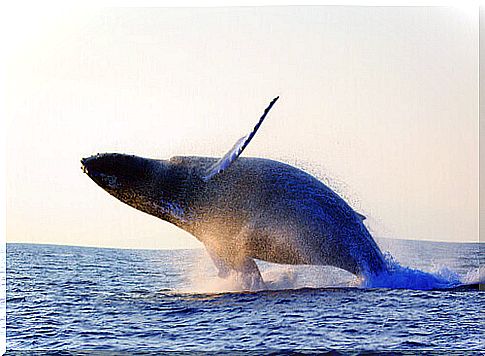
-
antelopes
Approximately 1 million specimens traverse large areas of plains between Tanzania and Kenya together to search for fresh pasture. In reality, this is not a “normal” animal migration, but they travel around 2700 km throughout the year to obtain food.
They are accompanied, in many cases, by zebras, moose, gazelles and, obviously, are closely followed by predators (crocodiles, leopards or lions) to attack them at the first opportunity presented.
-
Monarch butterfly
These are the most “popular” species. Orange in color, they are also one of the animals with the most surprising migration. In October, millions of specimens arrive in the Pacific region of California to nest before the impending winter. Then they travel to Monterey’s pine and eucalyptus forests. It’s a wonderful show that almost always takes place at noon.


